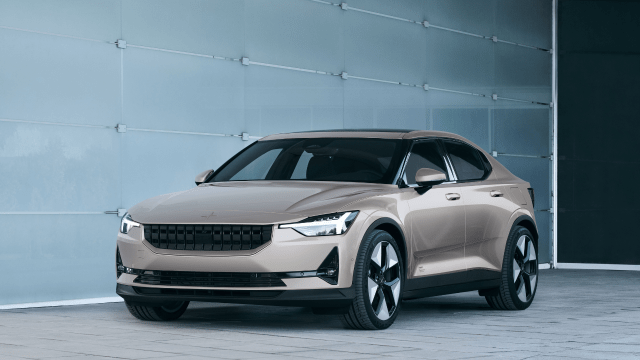The range of an electric vehicle is impacted by a number of things, with many models developed around energy efficiency with extremely low drag coefficients. But what exactly can impact EV range?
If you’re trying to run your electric vehicle as efficiently as possible, then it’s worthwhile knowing what conditions (and what settings) will improve or subtract from your range estimation. Let’s dig in.
What can impact EV range?
Speed, weather, the battery’s age, driving mode and climate settings can all have a big impact on the range of your EV. This doesn’t mean that you’ll be unable to start your EV if you have certain settings enabled while it’s a cold and rainy day, but it does mean that you’ll lose kilometres off your estimated battery range in the wrong situations. We’re going to be breaking down each of these individual factors to walk you through just how they can have an impact on your range.
How does speed impact EV range?
If you’re driving with a lead foot, you’re likely to see your range drop much faster. The common adage is that electric vehicles are much better for inner-city driving at lower speeds than what you’d drive at on highways and motorways. With regenerative braking and the amount of stopping you’d do in a city, along with the distances between charging stations, you’re unlikely to see a massive range dropoff at lower speeds.
On highways, however, this changes. As explored by EV Central, EVs have fewer opportunities to regenerate energy from braking on highways, while using more battery power to travel at higher speeds. This is, of course, not aided by the fact that the range of EV batteries is generally smaller than their petrol counterparts (though it’s improving).
How do weather conditions impact EV range?
All technology is susceptible to performance losses in the wrong climate conditions, and electric vehicles are no different. As noted by Geotab, colder temperatures have a greater impact on electric vehicle range than warmer temperatures. The optimal temperature for the average EV is about 21.5 degrees Celsius, but at incredibly cold temperatures, such as -15 degrees Celsius, which you may experience in some European countries, efficiency can drop by 54 per cent, effectively halving the range of a vehicle.
Meanwhile, as reported by CarEdge, efficiency at temperatures of 35 degrees Celsius or above can drop efficiency by about 17 per cent, almost taking a fifth of the range away. This is a more likely temperature to experience in Australia, especially during summer.
How does battery degradation impact EV range?
Batteries degrade over time and lose some of their range as they age. After 322,000 kilometres, Tesla estimates that its EV batteries lose about 10 per cent of their capacity.
Meanwhile, as reported by EV Connect, electric vehicle owners can expect their vehicles to lose about 2.3 per cent of their maximum battery capacity every year. These losses in battery capacity can certainly have an impact on your electric vehicle’s range in the long run. As a side note, battery replacements can often be quite expensive (though manufacturers often include warranties specific to the batteries).
Does driving mode matter for getting better EV range?
This is more of a subtle point, but some electric vehicles come with different driving modes, depending on the experience you want to have. There’s typically a normal mode for the standard experience, a ‘sport’ mode for greater acceleration at the cost of battery life, and an eco mode, which reduces acceleration for more battery power.
In my own experience, when the car programs its range estimation when entering either sport mode or eco mode, it’s usually at the cost (or gain) of about 10-20km. In situations where you’re using sport mode, you’re probably fine without that extra range (provided you’re not on low battery), but with eco mode, the car gives you just a little extra power to keep you going. Eco mode has actually helped me out before.
Additionally, some dual-motor electric vehicles (such as the upmarket Polestar 2) allow you to disable one of the motors to boost range at the cost of performance. And, of course, if you’re towing a load or have a lot of heavy cargo on board, you can expect your range to decrease.
Yes, the air condition impacts your EV range
Finally, the temperature controls inside your electric vehicle certainly have an impact on its range. When you turn the aircon on and adjust it to your preferred settings, the car will adjust its range estimation to match those settings, however, the loss in available power is quite noticeable. When turning the air conditioner up in my EV reviews, I’ve noticed range losses of up to 35km. It’s important to feel comfortable, but at the same time, don’t feel like you need to have the air conditioner on full blast if you just have enough range to get by.
And that’s about it
Electric vehicles are not perfect, but if you’re aware of the things above and how they can impact your range, you should be fine on longer journeys. You’ll also want to have a pretty good idea of where your closest chargers are.
